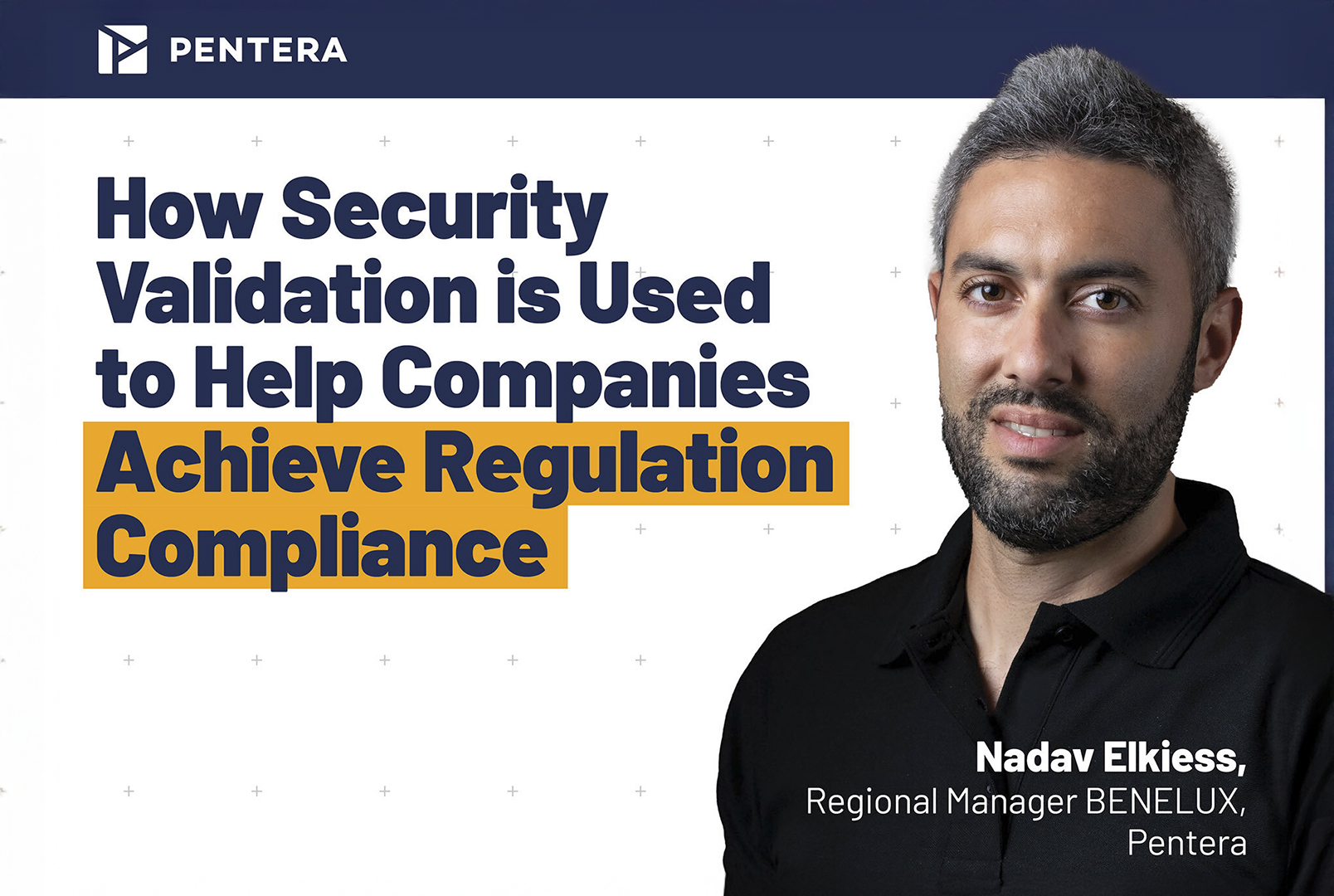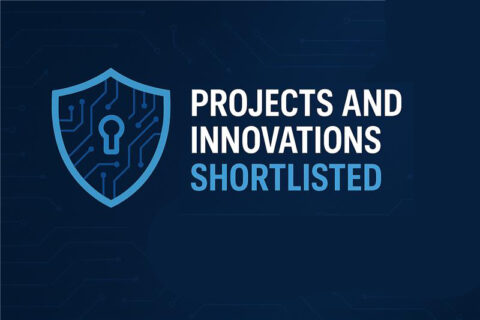How Security Validation is Used to Help Companies Achieve Regulation Compliance
As technology races forward, cyber threats evolve just as quickly, often faster than regulatory frameworks can keep up. The EU’s NIS2 and DORA Directives try to merge these technology gaps, reinforcing cybersecurity measures across member states and pushing organizations toward greater resilience. With NIS2’s broadened scope and sharpened focus on supply chain vulnerabilities, and DORA’s focus on Information and COmmunication Technology in the financial systems, they both set a new benchmark for cyber crisis readiness.
To meet these heightened standards, organizations need more than traditional risk assessments—they need a proactive, continuous, and scalable approach. This is where Automated Security Validation (ASV) comes in, offering a powerful way to test, measure, and strengthen cyber resilience in alignment with each respective directive. The following sections explore how ASV is helping large enterprises effectively align with new requirements coming out of the European Union.
1. Conduct a Comprehensive Risk Assessment
Cyber risk represents the threat of disruption or damage to an organization’s systems, data, or networks. The best way to understand this risk? Think like an attacker. Automate emulated attacks on your cybersecurity program to begin identifying and evaluating gaps relative to regulatory standards. Focus on areas such as:
- IT infrastructure security: Red teaming and penetration testing are useful—but the manual process makes it limited. Automating this process enables you to test more often, helping you to stay resilient despite constant changes to the network and the constant evolution of threats. The automation also makes it scalable across the IT environment, ensuring comprehensive coverage across wide attack surfaces.
- Third-party vendor risk: Third-party vendors and their identities, while potentially necessary for the business, can be exploited if controls are not sufficiently in place. Using security validation, these identities can give insight into “What if” scenarios by instigating safe attacks that compromise these accounts.
- Security control effectiveness: Most companies have some controls in place already; likely multiple layers of technologies, but are they working as intended? Misconfigurations and inconsistent deployments can silently weaken protection. You cannot assume that EDR, for example, is deployed 100% uniformly. Automated validation tests ensure tools are effective and correctly configured.
In all these cases, risk assessments should not be a singular activity. They can and should be reiterated to constantly gauge the impact of security gaps and make informed decisions.
2. Test the Effectiveness of Security Policies
Solid policies are the backbone of cybersecurity. Create or update policies covering data protection, incident handling, and access management. Examples of policies can include:
- Least privilege and identities
- Better boundaries on the network and access to certain data
- Encryption, and which data is in scope
Security validation is not just about controls, but the policy governing these controls. Policies can and should be validated with continuous risk assessments.
3. Build an Incident Response and Reporting Framework
Effective risk assessments will stress-test your response readiness—often referred to as “purple teaming”, a collaboration between offensive (red) and defensive (blue) teams. Automated tools make it easier to simulate attacks across large environments and inform your response playbook. This includes:
- Stakeholder Roles: Who needs to act, and when?
- Escalation Paths: Who else must be notified?
- Reporting Timelines: Can you collect forensic data in time for regulatory deadlines?
Like sharpening a blade, continuous purple teaming exercises will help ensure the incident response plan and procedures get more refined and effective over time.
Scaling Compliance Across the Enterprise
For large enterprises with complex, distributed environments, meeting compliance requirements is no small task. Automated Security Validation simplifies this challenge by continuously testing real-world attack scenarios across the full IT attack surface, enabling security teams to quickly identify gaps, validate controls, and ensure incident readiness.
By automating and scaling risk assessments, ASV delivers the visibility, speed, and precision needed to stay compliant and resilient. Ensuring that compliance isn’t just achievable, but sustainable.
Learn more about how CISOs are getting true visibility into their cyber risk by hearing Nadav Elkiess from Pentera in conversation with Philippe Cornette, CISO at John Cockerill at CyberSec Europe.












